Treatment For High Inr
Treatment for high inr. Restart warfarin when the INR is less than 5. Consider Vitamin K 1 1-2 mg orally or 05-1 mg IV measure INR within 24 h resume warfarin at a reduced dose once INR approaches therapeutic range INR 10 and no bleeding Cease warfarin therapy administer 3-5 mg Vitamin K 1 orally or. The normal range for clotting is.
If bleeding risk is high. TREATMENT OF SUPRATHERAPEUTIC INR WITHOUT BLEEDING. Administer 1 to 25 milligrams phytonadione orally for INR within the therapeutic range phytonadiones smallest tablet form is 5 mg thus it is acceptable to give one milligram of.
Vitamin K changes how your blood clots and affects your INR. A One study found that a dose of 500 IU of prothrombin complex concentrate was optimal for rapid reversal for an INR of 50 but that higher doses might be needed for more elevated INRs. Management of Elevated INRs.
Overenthusiastic use of vitamin K can cause warfarin resistance when anticoagulation is restarted. A high INR level can happen when you take warfarin Coumadin. This raises your INR level.
Eat the same amount of vitamin K daily to keep your INR stable. For patients sufficiently healthy to be treated as outpatients we suggest initiating vitamin K antagonist VKA therapy with warfarin 10 mg daily for the first 2 days followed by dosing based on international normalized ratio INR measurements rather than starting. Continue current maintenance dose and repeat INR in 12 weeks OR 2.
For patients with previously inrange INR values who present with a single slightly out ofrange INR eg. Ask your healthcare provider for more information. If the INR is high and is.
Increase or decrease oral Vitamin K administration based on the clinical situation. Blood components may be given during a transfusion to help stop your bleeding.
Parenteral Vitamin K should only be used for life-threatening bleeding and is therefore not appropriate for outpatient use.
Management of Elevated INRs. Other explanations for bleeding or high INR. Where patients are asymptomatic ie not bleeding their INR is used to determine the need for. Parenteral Vitamin K should only be used for life-threatening bleeding and is therefore not appropriate for outpatient use. For patients on warfarin the therapeutic range is 20 to 30. If the INR falls significantly below the therapeutic range additional anticoagulant therapy should be considered for patients with a high risk of thrombosis. Resume warfarin when bleeding ceased and adjust dose to maintain INR within therapeutic range INR. 11 to 135 seconds. The normal range for clotting is.
Mechanical heart valves acute coronary syndrome or recent coronary stent insertion. Ask your healthcare provider for more information. Warfarin belongs to a particular class of anticoagulants blood-thinners called vitamin-K antagonists VKAs which also include tablets such as acenocoumarol or phenindione. INR. Other explanations for bleeding or high INR. If the INR falls significantly below the therapeutic range additional anticoagulant therapy should be considered for patients with a high risk of thrombosis. For patients sufficiently healthy to be treated as outpatients we suggest initiating vitamin K antagonist VKA therapy with warfarin 10 mg daily for the first 2 days followed by dosing based on international normalized ratio INR measurements rather than starting.





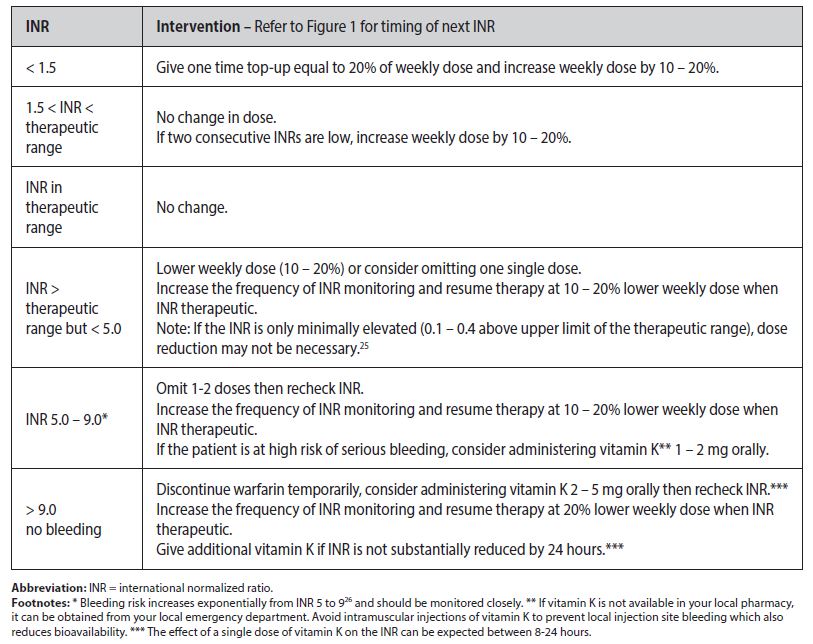







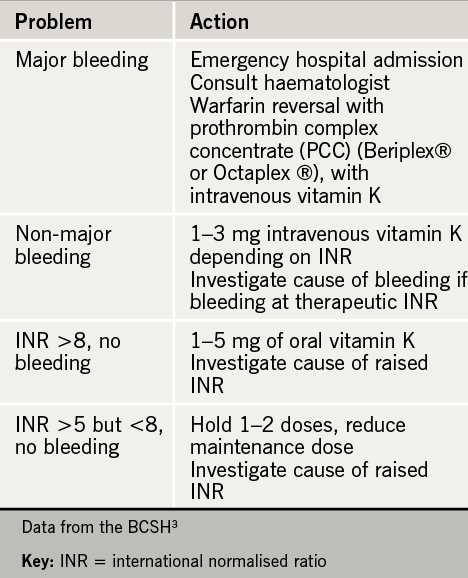


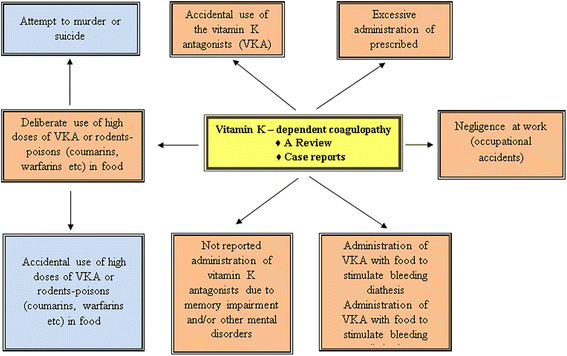


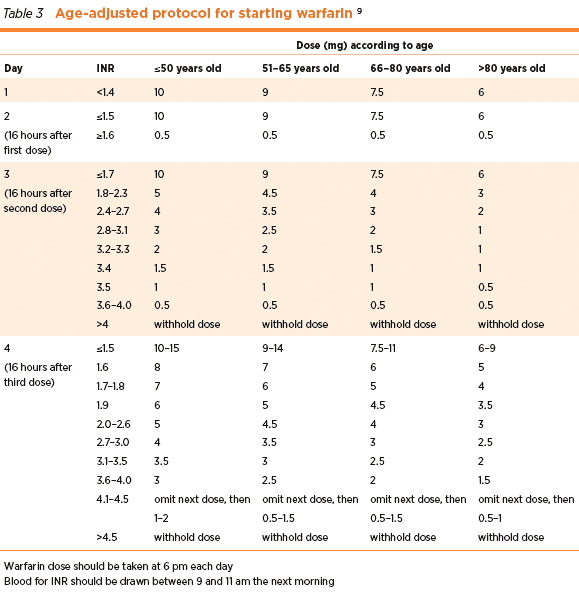




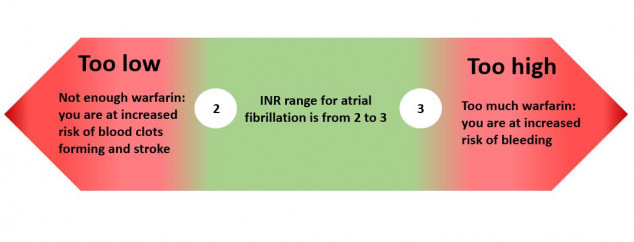
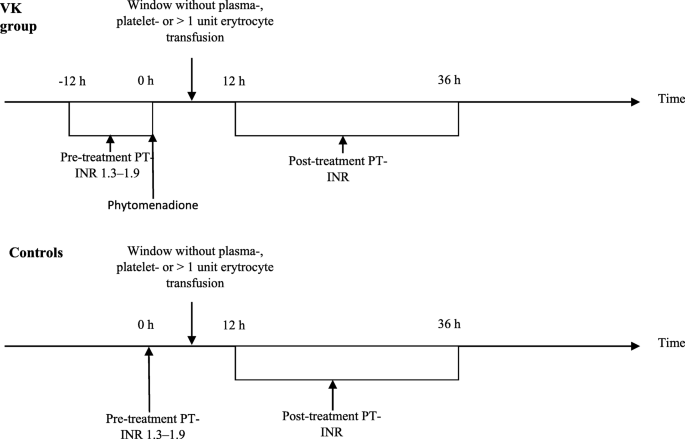







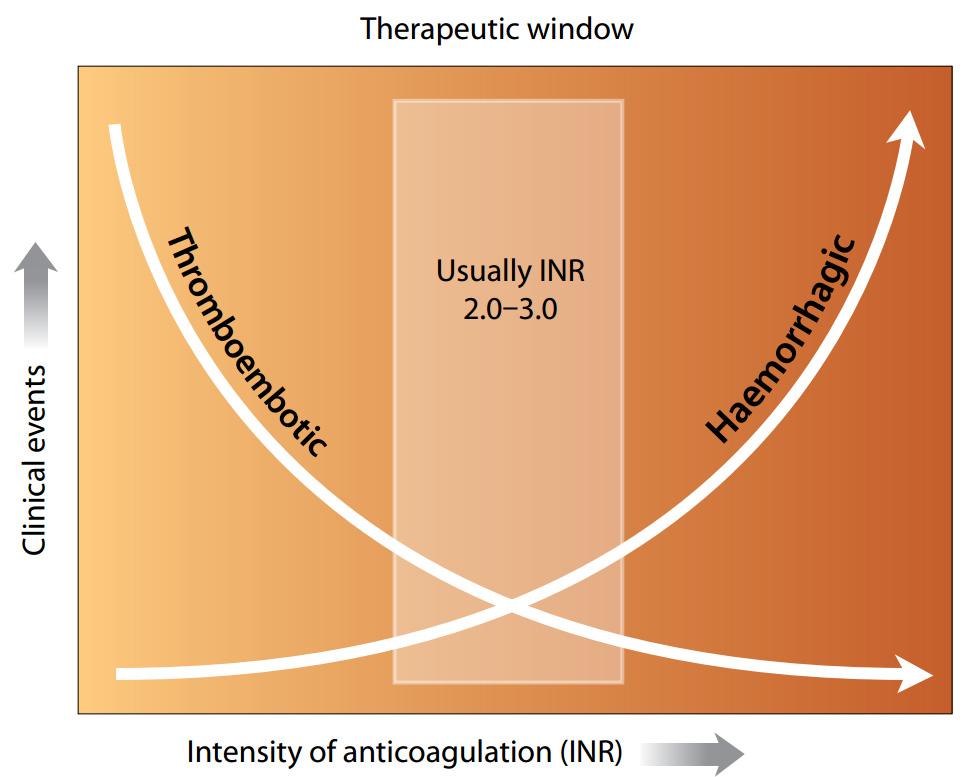




Post a Comment for "Treatment For High Inr"